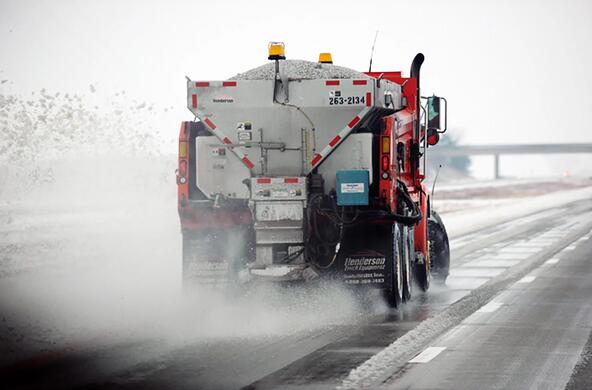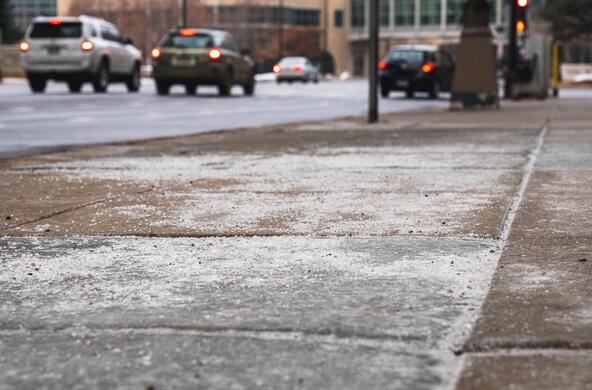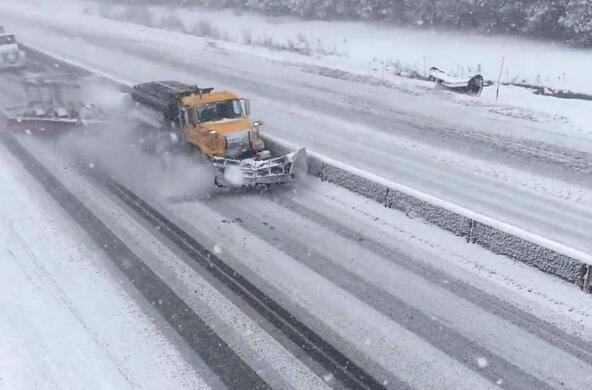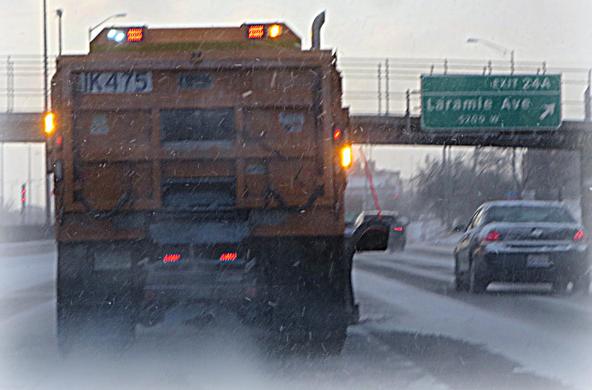Road Salt: The Problem, The Solution, and How to Get There is an update to a 2010 report. It highlights the latest science on the environmental and health impacts of road salt pollution and provides an overview of best management practices to minimize road salt use while keeping roads safe. Curbing salt use is essential to protecting drinking water supplies and can reduce town budgets.
Fast facts
- Between 15 and 32 million metric tons of salt are used each year to keep roads snow-free.
- The accumulation of road salt in surface and groundwater is a regional problem that compromises drinking water and degrades the health of creeks and streams.
- It can take decades for road salt to flush out of a watershed; concentrations of salt in our water supply may increase even if we curb road salt use today.
Road Salt: The Problem, The Solution, and How to Get There [Video]
Road salt is an emerging pollutant in snow-belt regions. Watch a talk presented by co-author of the report and Manager for Cary's Environmental Monitoring Program Vicky Kelly. She covers the history of road salt use, where we find salt in the environment today, some co-occurring issues related to road salt such as lead in water, and how to reduce road salt pollution without sacrificing safety.






